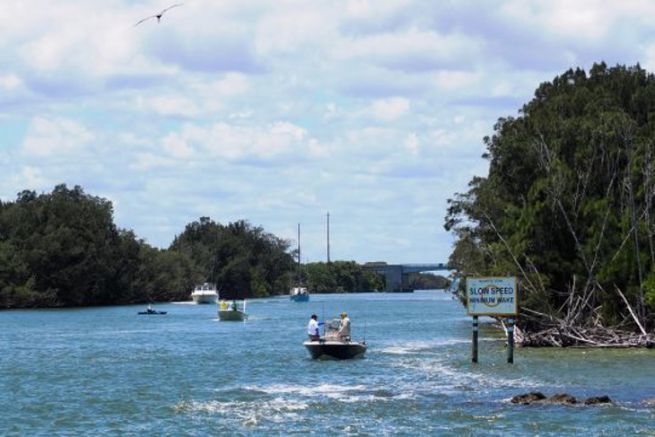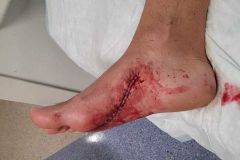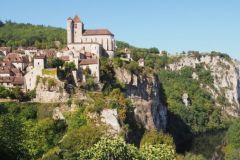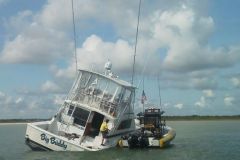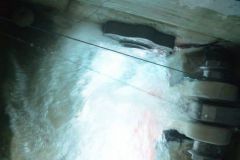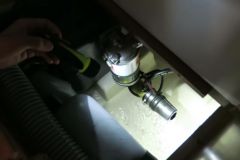An original waterway, the Atlantic Intercoastal Waterway runs along the East Coast of the United States, parallel to the coastline, offering a sheltered body of water and regular connections with the ocean. We tested the southern part in Florida.
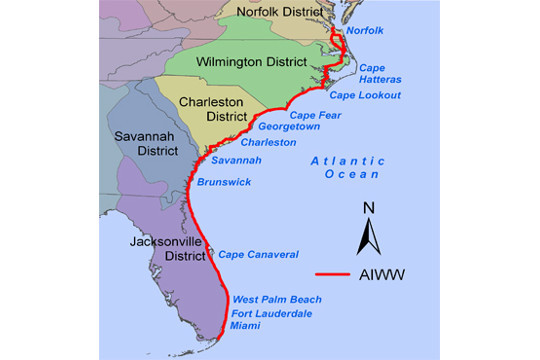
ICW: A confusing change of navigation after the Caribbean
For the traveler arriving from the West Indies, a cruise on the Intracoastal Waterway (ICW) is undoubtedly the next step after a few weeks of nautical wandering in the Bahamas. It must be said, the contrast is disconcerting. Gone are the turquoise waters and solitary anchorages, and welcome to Florida. It may be necessary to take a few hours of acclimatization before embarking on these river and country evolutions so far from our usual days of maritime navigation.
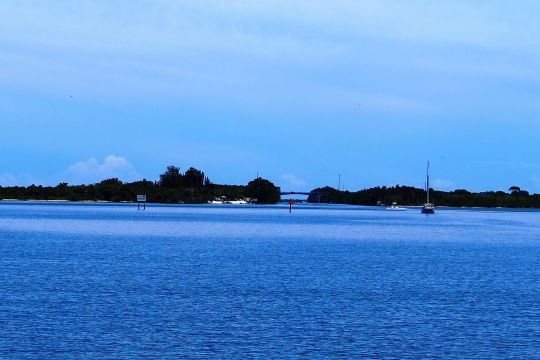
Some essential formalities to enter the USA
Concerning entry formalities, it is officially necessary for a foreign citizen to have a B1/B2 visa to enter with a private vessel. In practice, it is possible to return to the USA by plane or ferry, from the Bahamas (Nassau, Bimini, or Freeport). You can then return to pick up the boat. And you will return to the United States with the 90-day residence permit that the immigration services have previously granted (provided that you have a residence address in the United States.) It is possible to purchase the Decad (annual sticker for the vessel) for $30 online. All that will remain is to apply for a cruise permit (via the internet) upon arrival in America. Of course, whether it is the B1/B2 visa or the preliminary entry by plane or ferry, all this costs a few hundred dollars, but after that, it is America's turn!

Sailing on the ICW requires some preparation before setting sail
Once the fins, masks and snorkels are well stored in their trunk, it's time for the new habits linked to the "intracoastal water way of life". It is now a question of progressing in channels that are only a few dozen meters wide and decorated with a host of various obstacles, including numerous bridges. It is also advisable to check before departure where you plan to anchor, because it is not possible to anchor anywhere, far from it.
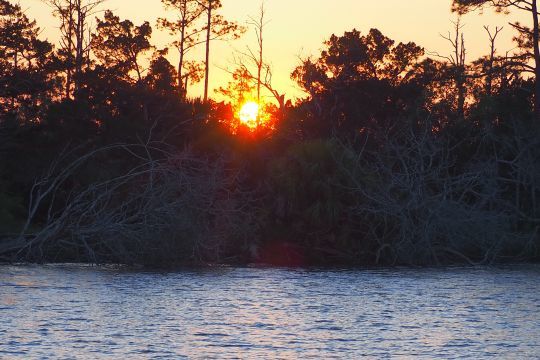
Make sure that bridges can be crossed
The day begins with a thorough study of the cartography, in order to identify the difficulties to come and especially to make sure that we will be able to pass. Things are easier with a motorboat, as many fixed bridges allow air drafts of 64 feet (about 20 meters). But there are also some that are 3 meters high (rare) and can only be opened on request by VHF or telephone.

A navigation that requires a lot of vigilance and concentration
Good concentration is essential as soon as the machines are launched, even before the anchor is slipped. It is out of the question to set sail with a lot of fog in your hair and give yourself 15 minutes to be on top of things. As soon as the ship is no longer attached to the bottom, maximum vigilance is essential to avoid running aground or hitting a deck pier. That said, the authorities in this country show a certain respect for the good of their fellow citizens. In fact, concrete structures are very often equipped with solid wooden bastaings intended to prevent severe damage to the unlucky ones who would come to rub against them
Various sceneries for a bucolic but not frenetic navigation
However, there are many pleasures that counterbalance the minor constraining aspects mentioned above. Besides, what could be more poetic than sailing in the countryside? Scenographies follow one another, sometimes with only a few details to distinguish them. Then it is a radical change. Immense liquid expanses open up a wide horizon, at the bend of an endless row of pretty vacation homes with impeccable lawns. Many of them are also equipped with a charming wooden wharf that hosts an overpowered runabout.

Maximum speed and wake limitation: differences in interpretation
Contradictions also flourish in a marvellous way. Thus, a sign "no wake" recommends to adopt a moderate speed in order to avoid destructive wakes, while another sign close by sets a maximum speed limit at 30 knots! Instructions which are, moreover, perfectly followed. For example, we will cross a speedboat progressing wisely at 7 knots with its two 200 hp engines. At the same time, a 60 feet motor-yacht goes to the family aperitif at more than twenty knots accompanied by its waves of one meter fifty high.
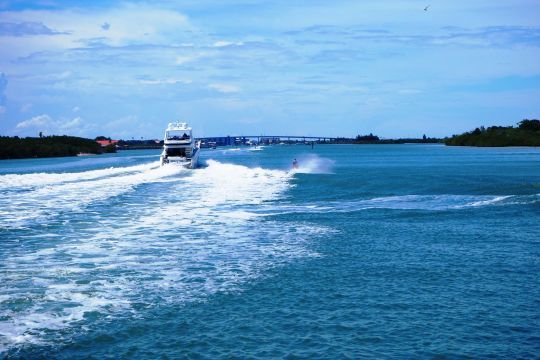
A rich fauna on the ICW
Animal life is abundant in this liquid universe. Egrets and pelicans seem to live together well, while under the surface, dolphins are amused by the clumsy style of the numerous dugongs, duly respected and protected.

If the fish are in proportion to the anglers, then we will say that the ICW is fishy
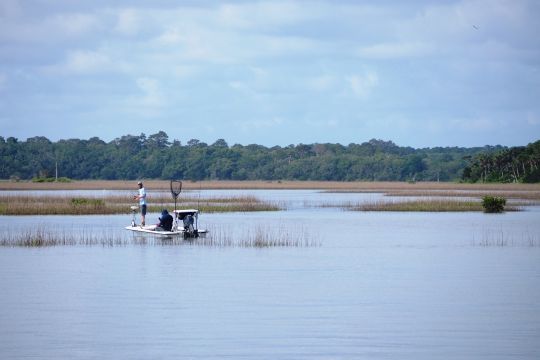
Another way to navigate
The intracoastal waterway offers a style of navigation that is worth many others. The list of the easy pleasures linked to the ICW would probably be boring and that's why I would conclude with this simple remark: here, you can stop the navigation to take time for lunch. Nice, noneuros?
